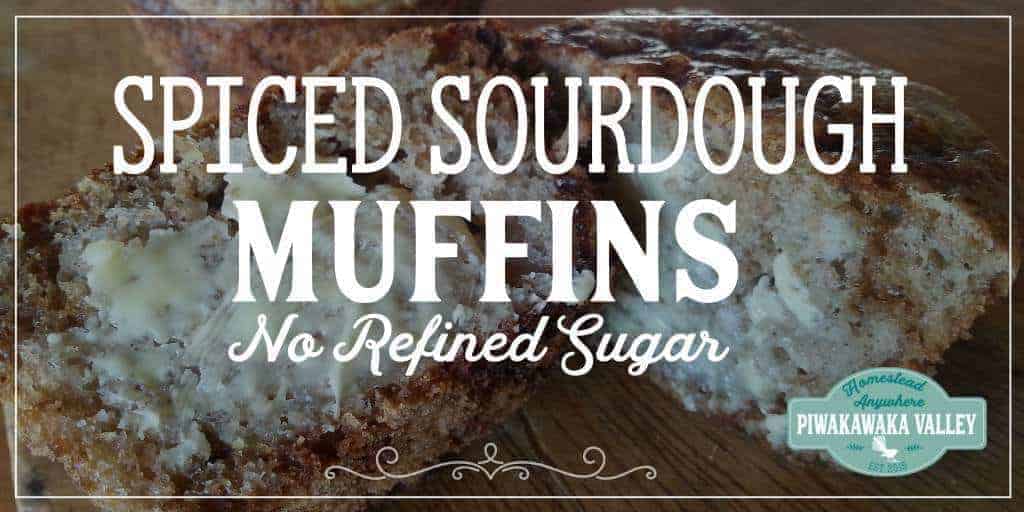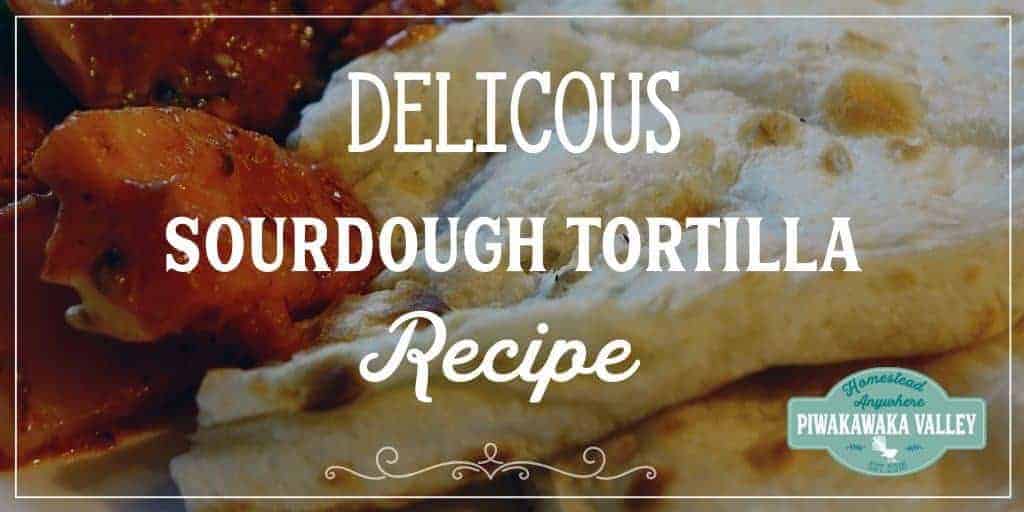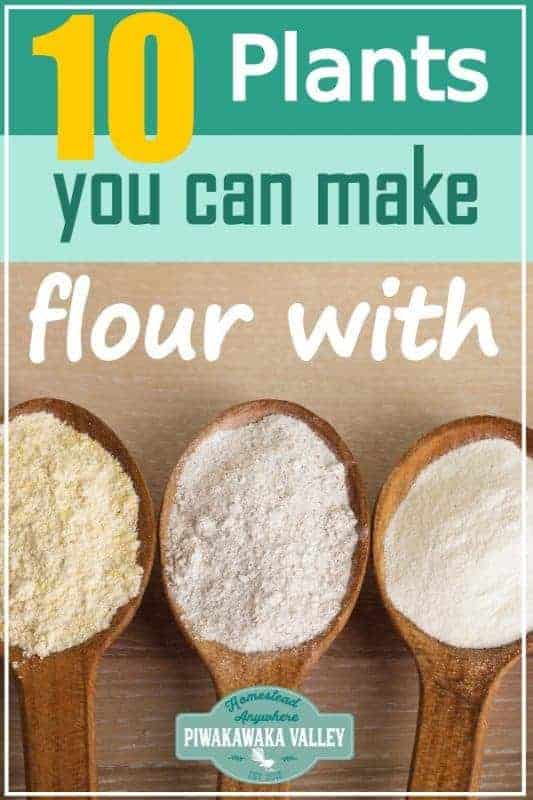This post was most recently updated on May 16th, 2022
Whether you are gluten intolerant, or you simply cannot grow where you are, there are several plant that you can grow and turn in to . Home grown plant based flours will help you save money, but also provide more of your own food and waste less of what you grow. Turning plants into flour is a great way to preserve plants that you can grown for up to 10 or more years.
Please read: This information is provided for educational purposes only and is not intended to treat, diagnose or prevent any disease. We encourage you to make your own health care decisions in partnership with a qualified health care professional.
This post contains affiliate links, this means at no extra cost to you, we make a commission from sales. Please read our Disclosure Statement
is not the only option, and with practice, you can learn to bake and cook with all sorts of different flours.
Grains and seeds that don’t contain the gluten that does, can be more difficult to work with. But follow these baking tips for better success.
Some of these plants that you can turn in to might surprise you!
What do you need to make flour at home?
Making flour at home does require a flour mill. These aren’t super cheap, but they do last well, and it usually works out cheaper to buy your own then to keep buying gourmet flours.
A Nutribullet or similar also works for small batches of most types of flour.
Using wheat flour substitutes (plant flour)
Plant flour doesn’t have the gluten to hold the rise and create the chew that gluten filled wheat flour does. To make self raising flour you need to add 1 teaspoon of baking powder to each one cup of flour.
10 Plants that can be made into flour that you can Grow at Home
1. Acorns
Acorns are often spoken about as an emergency survival food, but they make a surprisingly delicious flour for everyday use.
Acorns are easy to recognize and forage, and they’re abundant in many forests. Oak trees take a long time to grow, so if you want your own supply, you better get the trees in the ground last week!
Unfortunately, acorns do take a while to process. They must be soaked for quite a while in water before they can be eaten to remove the tannins.
It may be worth the trouble, though, for their good flavor and abundance of protein and healthy fats, and free-ness!
can be used in baking, usually as up to 50% of the content of a recipe.
RELATED: Dehydrating vegetables
2. Almonds
Almonds require a warm climate, bountiful water, and take several years to reach maturity and produce.
However, they are a favorite for those looking to eat more low-carb, gluten-free and raw foods. Almonds are full of protein and healthy fats and fairly easy to process into flour with a food processor.
3. Amaranth
Amaranth is easy to grow in your backyard.
It is heat and drought resistant and grows so well it’s often thought of as a weed in many places.
The wild varieties are known as pigweed.
Amaranth is high in protein and was bred and grown for flour by the Inca and Aztec people of south America.
It does need to be winnowed to remove any chaff (plant material & hulls) after harvesting before processing into flour with a flour mill.
4. Buckwheat
Buckwheat is often used in the vegetable garden as a cover crop.
It’s also one of the fastest growing seed crops and grows so fast it will smother weeds. It does well in extremely poor soil and is loved by honeybees and other pollinators.
Although it is not related to wheat, buckwheat still makes a tasty and useful flour. It does require threshing and winnowing, just like wheat does, but it is actually a seed, not a grain!
Nutritionally, buckwheat is high in protein and great for hungry homesteaders. Buckwheat flour pancakes are amazeballs.
5. Chickpea
Also called garbanzo beans, chickpeas are another easy to grow nitrogen-fixing legumes.
Chickpeas are quite productive and easy to make flour from, but they do prefer warm climates to grow in.
Chickpea flour is a good source of vitamin B6, folate, magnesium, iron, and protein and common in Indian cuisine.
6. Corn
Corn makes an excellent substitute.
If you can grow sweet corn at your place, you can grow corn for .
Flint and dent varieties of corn often thrive where struggles and some are extremely drought resistant. Sweet corn can technically be used for making but 1) it seems a bit of a waste of yummy sweet corn and 2) isn’t the best quality to cook with.
Corn is also easier to harvest and process than many other grains, though their doesn’t offer the protein that many and nut flours do. But hello Mexican food!
7. Curly Dock
When I was a child I was taught that dock was poisonous! But it turns out that it is totally edible.
Curly dock is an easy to find wild plant that’s often foraged for its leaves. Much like plantain (the weed, not the banana), curly dock also offers an abundance of seeds which grow on tall spikes that can be ground into flour.
Also like plantain, dock seeds don’t require winnowing and they are high in protein, making them a great option as a flour substitute.
8. Millet
My girl’s birds LOVE millet!
Millet has long been a staple crop and is known well for its ability to withstand drought conditions.
It’s easy to grow but does require threshing and winnowing if you want to make a flour with it.
Millet is high in protein and magnesium, and it acts as a prebiotic due to the soluble fibre it contains, feeding gut flora.
9. Oats
Oats, though similar to wheat, is easier to grow and does not contain gluten.
Growing oats is surprisingly easy and they are one of the few grains that can withstand rather cold climates, like the very top of Scotland.
These days there are also hull-less varieties which produce less grain, but have a clear advantage in processing time.
10. Quinoa
Quinoa can grow in your vegetable garden. It is the cool weather loving cousin of amaranth. Just like amaranth, it’s very easy to grow and offers a good high protein flour.
Vegetable flours
There are so many plants that can be grown in your garden that can be turned into .
Some flours are best made from the plants dehydrated from raw, and some are best cooked and mashed first, either is a valid option, you might like to try both and see what works best for you.
Once dry you can either put them through your mill, or use a high speed blender to grind into a fine powder.
Sifting the will allow you to re-process the lumps and only store the fine .
Store the in airtight containers, and if you want to store them long term, put them in mylar bags with oxygen absorbers.
Winter squash or Pumpkin
Winter squash grows well in many regions of the world and the fruits can easily be harvested and sliced thinly (or cooked and mashed) and dehydrated, once crispy you can powder these up and store them in airtight containers.
They can be rehydrated and cooked as soup or mashed pumpkin, added to soups or stews, or added up to 50% by volume in cakes or muffins, or even added to scones.
Winter squash keeps its flavour so it is best added to foods that go well with that.
Summer squash or zucchini
Zucchini is made in the same way as pumpkin , but the resulting is usually pale and has very little additional flavour so it lends itself better to adding to baking.
Pea
Did you wait too long to harvest your peas? Even sweet green peas will become starchy and dry if you leave them too long.
All is not lost, dry the peas in the sun or dehydrator and grind them up to make a high protein . Use in recipes that call for pea , channa or chickpea .
Bean
In the same way that you can save your peas and use them as a , you can do the exact same thing with dried beans.
If you can grow yams or cassava at your place you can make your own cassava or . Once the yams are ready to be harvested, wash them, peel them and core them as required. Then you need to grate them or slice them thinly and soak them for 24 hours. This will help reduce the natural cyanide in the cassava.
Then you need dehydrate them until crispy. Then grind or chop in a highspeed blender until a fine consistency is achieved. Sifting the will allow you to re-process the lumps and only store the fine .
Potato or potato flakes
Potatoes or sweet potatoes make a great storage crop, but if you have too many you can cook and mash the vegetables and then dehydrate them and grind them up to store long term. These can then be rehydrated to make mashed vegetables, added to soups and stews or combined with other flours to bake or cook with.
If you are thinking ahead, and making preparations in case of SHTF scenarios, and you have the space, I would look at growing either oak or almonds, or both.
Also it would be good to get in to the habit of growing some of the other seed or grain crops routeinly on your homestead.
Preparedness is only useful if you know what to do with it, how to cook it and how to troubleshoot the crops BEFORE disaster strikes.










